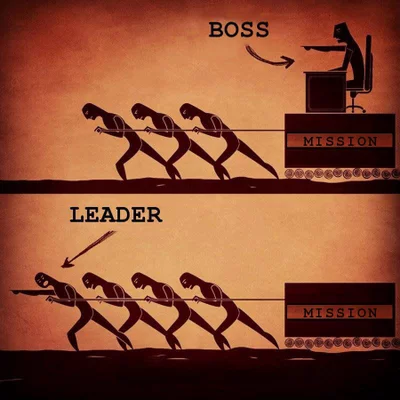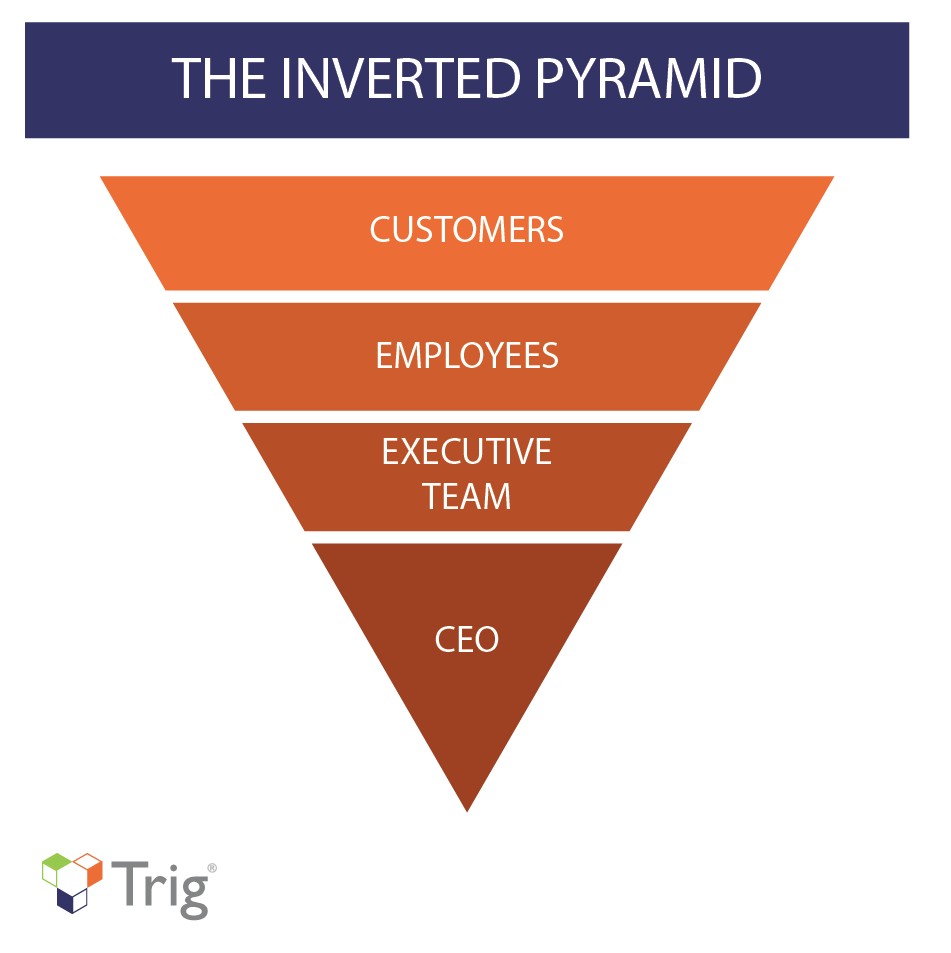Leadership without ego
Spoiler, bad leaders have big ego
Tuesday, March 26, 2024
Leadership is a really cool thing.
I’ve read the book “Leadership, Strategy, and Tactics” by Jocko Willink, and it gave me a really good point of view I can use to see leadership (and be a subordinate). This perspective gave me the chance to analyze all the people I encountered in my career who had leadership positions (and where I was a subordinate), and I noticed a lot of interesting things. Also, I recognized a lot of errors we both [ 1 ] (sidenote: The leader and me) made due to ego.
I started to notice and reflect on different things regarding leadership; these are some of them.
The position of a leader
A leader should be somebody who supports the team.
There are many memes that illustrate this concept, but truly understanding it is a sort of enlightenment.

A leader leads, no doubt, but they do it for the team. Their leadership methods have a purpose: to accomplish a mission as a team.
Transitioning from the military world of Jocko back into the tech industry, the purpose is to close tickets, ship features, and solve bugs. A leader is there to do everything in their power to enable the team to work together in the most efficient way possible to do the best job possible.
This is what I mean by “support the team.” A leader should know the team members, understand their day-to-day work, know their personalities, and be aware of their problems/ambitions/dreams. They should be able to offer help when the team needs it.
Jocko said that the highest point of good leadership work is when the team flows without the need for the leader. Everyone knows exactly what to do and how. They take ownership of the decisions and get the job done along with the team.
This means putting aside ego and sometimes giving some leadership to the team members or the whole team. It’s not easy.
All leaders are good
I worked in the past with some “bad” leaders, and now I know that the person who made more mistakes was me.
There are many personalities out there, and many different ways to approach leadership and subordinates.
Even if you encounter some bad leaders, you should see it as a good thing because you can leverage all their bad personality traits for your and the team’s advantage.
For example, I had a micromanager as a leader in the past. I had to be only an extension of his brain, just doing things exactly as he would.
This was quite frustrating to me, not being able to express ideas or make decisions, but just execute orders. And my ego was triggered as well.
Instead of seeing this as a good thing, I let my ego take control and started pushing the leader to allow some freedom or to let me make some decisions. In the end, the clash of our two big egos was not good and generated a lot of discussions.
What I had to do was to see his behavior as a sign that his purpose was to do the best job possible, but he had a problem trusting the team members to do it. With this in mind, I had to just put down my head and do the best work I could in the way he demanded. Over time, I could eventually earn some trust from him and have more space for my own ideas.
My ego was too triggered to just do my work. And this is also a big problem. This does not mean you should be the slave of your leader, but just do what you are supposed to do as a team member: accomplish the mission in your best way.
There will be time to become a leader yourself. And the possibility comes only if you do your job first.
Be the first one to do something. Volunteer to solve that bug that nobody wants to touch. Be there for your leader when something needs to be done. One day, when a leadership position needs a person, your leader will know who to recommend for it.
Inverted hierarchy
I think that the hierarchy should be inverted. The “last” people, who actually do the work, should be at the top. And as we ascend every leadership level, we go down, until we reach the CEO, who is at the very bottom.
It makes sense. All the hierarchy levels are there in order to get the job done. And every leadership level should support the team to do that.
So, the CEO will give all the support they can to make the management teams get the work done. And the management teams will do everything they can to support the operational level, doing everything they can to solve the problems the team can have.


But, as the picture of the ego pyramid says, the ego plays a big role here.
A leader with an ego under control
If a leader can check their ego in the hardest moments, when the ego is the most triggered, then I could safely say that they will be a good leader.
Somebody who can give up some leadership when needed or when it is the best way to help the team reach the goals.
Somebody who builds up a relationship with the team, who builds trust by putting themselves in the daily struggle of the team. Who helps also in the most boring or unpleasant work.
Somebody who takes complete ownership of the decisions they make and leaves the team members to have ownership of what they do, leaving space to take responsibility for the decisions and to build up ideas.
Sounds good, right?
Well, I think that to have this, a leader, as well as their subordinates, should just learn how to put their ego in check and develop humility.
By doing so, a lot of cool things will start to happen.